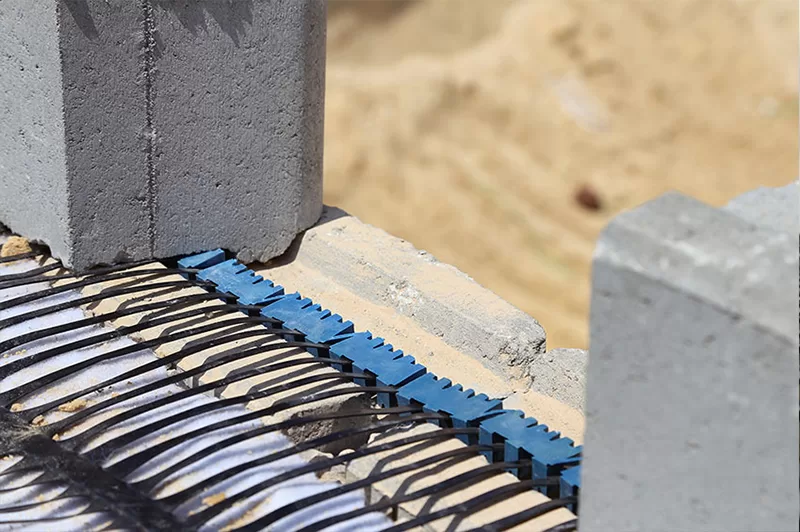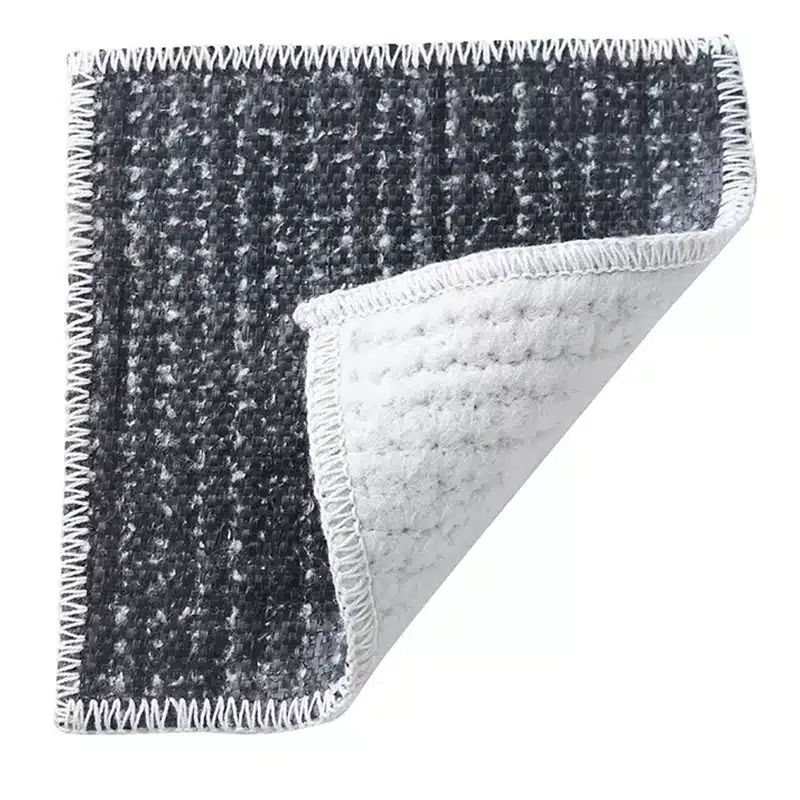+86-159 9860 6917
info@geofantex.com
geofantex@gmail.com
+86-400-8266163-44899
Geosynthetic-reinforced soil (GRS) is a key innovation in civil engineering that improves the stability and performance of infrastructure projects. By integrating geosynthetic materials into soil structures, engineers can create more durable and flexible systems for applications like retaining walls, embankments, and road foundations. Recent advances in GRS technology introduce new concepts that further optimize the use of geosynthetics in construction, improving both performance and sustainability. This article explores these new concepts and their impact on the future of construction.
What is geosynthetic-reinforced soil (GRS)?
Geosynthetic-reinforced soil (GRS) is a technique that involves reinforcing soil with geosynthetic materials, such as geogrids or geotextiles, to improve its load-bearing capacity and structural stability. These materials work in tandem with the soil to create a stronger, more resilient system. GRS is widely used in the construction of retaining walls, slopes, embankments, and bridge abutments due to its cost-efficiency and superior performance compared to traditional methods.

What are the new concepts in geosynthetic-reinforced soil?
The new concepts in geosynthetic-reinforced soil focus on optimizing the placement and interaction of geosynthetic materials within soil structures. Key innovations include the multi-layer reinforcement approach, which strategically places multiple layers of geosynthetics at specific intervals within the soil to enhance its strength. Additionally, new techniques involving moisture control and suction management have been developed to improve the performance of GRS systems in varying environmental conditions, such as fluctuating humidity and water levels.
What are the practical applications of these new GRS concepts?
The new concepts in geosynthetic-reinforced soil can be applied in a variety of civil engineering projects. Retaining walls, embankments, and slopes can benefit from the increased stability and load-bearing capacity offered by the multi-layer reinforcement approach. Additionally, road foundations and bridge abutments can achieve better performance with improved moisture control, especially in regions with high water tables or frequent rainfall. These concepts are particularly valuable in infrastructure projects where long-term stability and environmental resilience are critical.
How does GRS compare to traditional soil reinforcement methods?
GRS systems provide significant advantages over traditional soil reinforcement methods, such as the use of concrete or steel. Geosynthetic materials are lightweight, cost-effective, and easier to install, leading to faster project completion times. Furthermore, the flexibility of GRS systems allows for better adaptation to ground movement and settlement, which can be challenging for rigid materials like concrete. These benefits make GRS a preferred solution in many modern construction projects.
New concepts in geosynthetic-reinforced soil are driving the future of civil engineering by enhancing the strength, durability, and sustainability of construction projects. Innovations like multi-layer reinforcement and improved moisture control are optimizing the performance of GRS systems, making them more adaptable to varying environmental conditions. As the demand for efficient, eco-friendly construction methods grows, these advancements in GRS technology will play a crucial role in shaping the future of infrastructure development.



Get Free Sample
We’ll respond as soon as possible(within 12 hours)






















